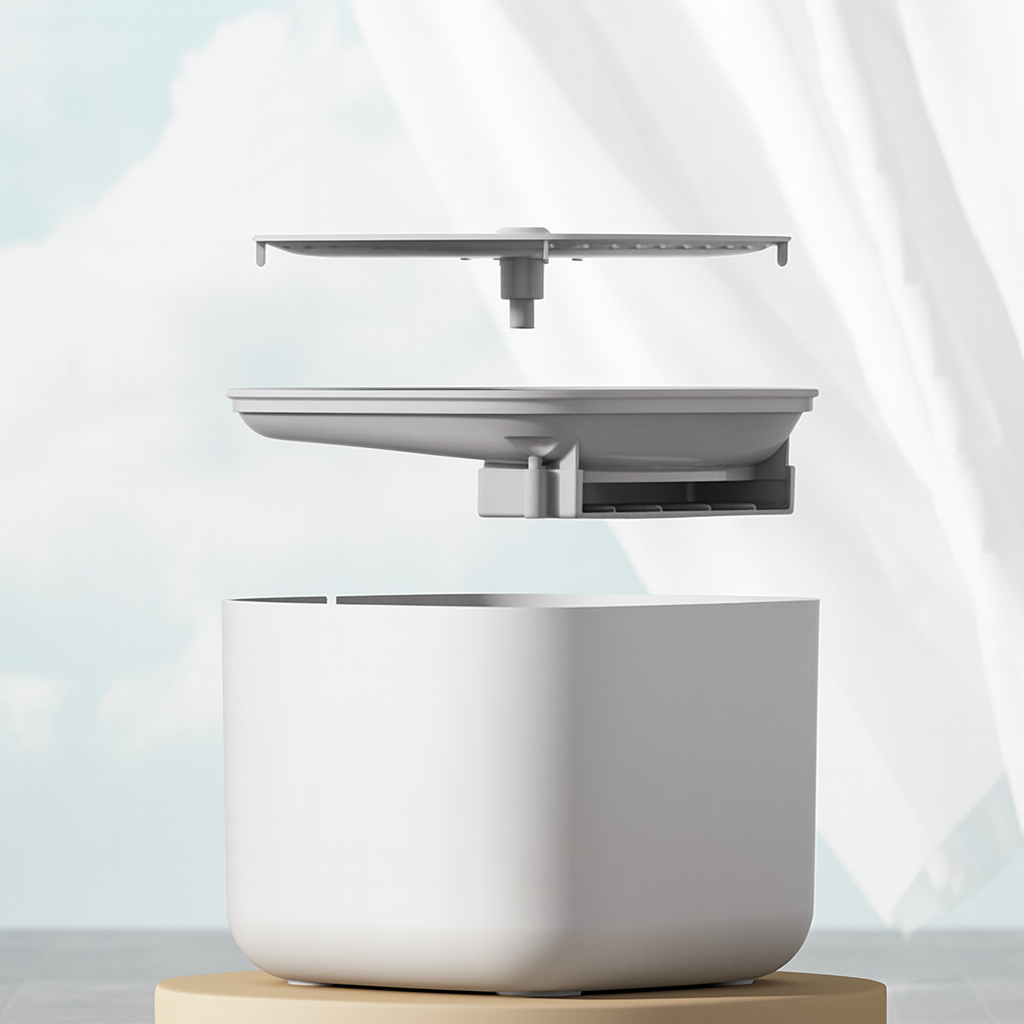
The Pet Parent’s Guide to Better Hydration (~5–6 min read)
Share
Intro
Hydration is one of the most overlooked aspects of cat health. This guide breaks down exactly how to keep your cat hydrated — and why it matters more than you think.
Signs of Dehydration in Cats
-
Sunken eyes
-
Lethargy
-
Dry gums
-
Reduced grooming
-
Hard stools
Practical Hydration Tips
-
Place multiple water sources: one on each floor of your home.
-
Use the right material: stainless steel or BPA-free plastic reduces bacteria.
-
Switch to moving water: fountains encourage more drinking.
-
Routine cleaning: keep slime and limescale from forming.
-
Monitor intake: subtle changes in how often your cat drinks can signal health issues.
Long-Term Benefits
Cats that stay properly hydrated:
-
Have healthier kidneys
-
Avoid painful blockages
-
Maintain energy levels
-
Live longer (studies suggest 2–3 years longer on average)
The Role of Filtration
Filtered fountains not only keep water clean but also make it taste fresh, which encourages drinking.
Conclusion
Hydration may be simple, but it’s the foundation for a cat’s long-term health. With just a few changes, you can drastically reduce risk and give your cat a happier, healthier life.

